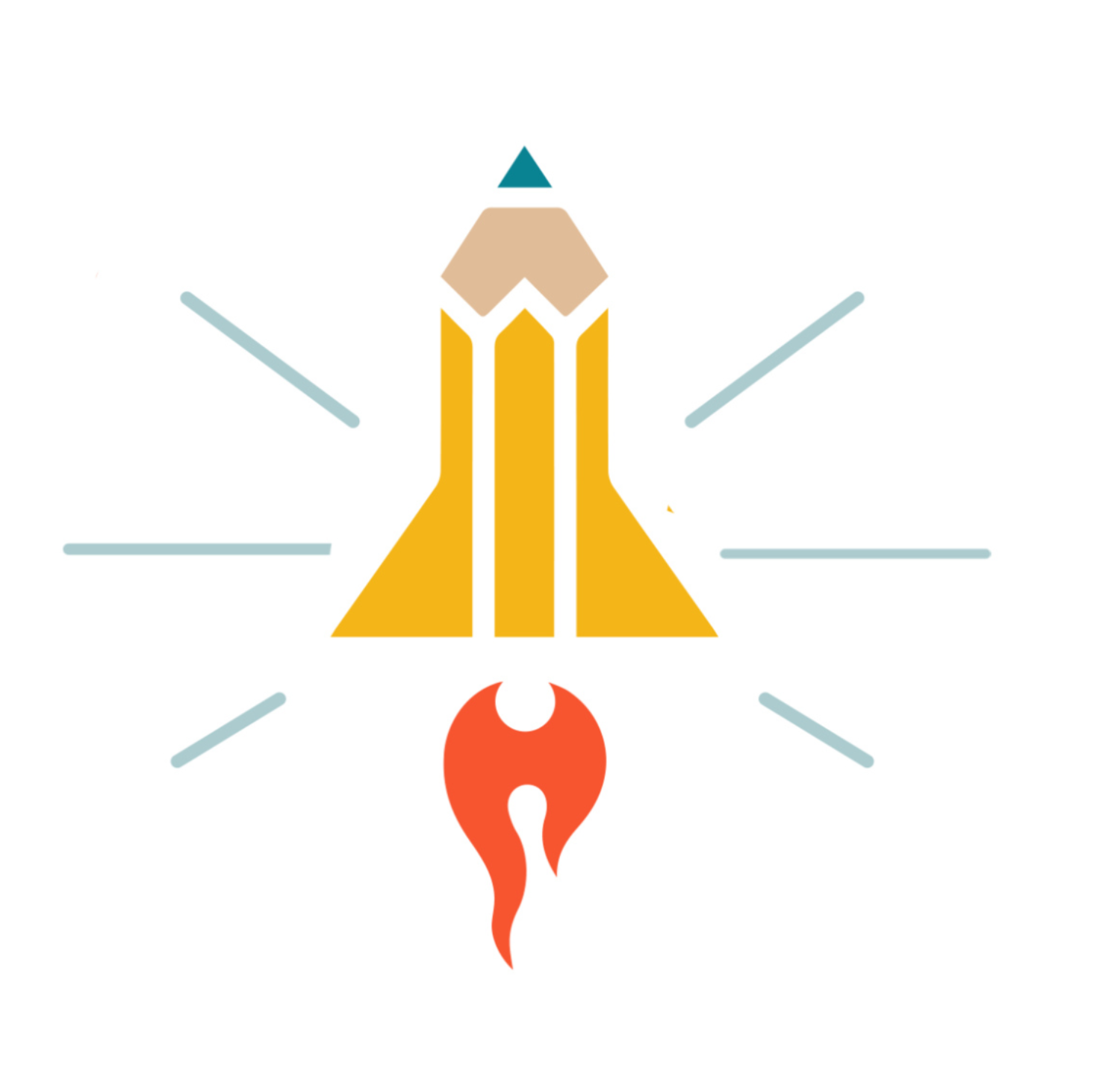How wealthy were the ancient Romans?
The map above shows the GDP per capita in 14AD of the various provinces of the Roman Empire in 1990 Dollars. On average, the GDP per capita across the whole Empire, was only $570.
Data Scavenger Hunt
Find answers to the following questions using the visual above:
In 14 CE/AD what was the richest province of the Roman Empire?
In 14 CE/AD what was the poorest province of the Roman Empire?
In 14 CE/AD what was the difference in wealth of the richest province and the poorest province of the Roman Empire?
In general, what happened to wealth as you moved further north from the richest part of the Roman Empire?
In 14 CE/AD what was the per capita income in the richest province of the Roman Empire?
Big Brain Questions
Answer these questions by yourself using your brain and the links below:
On average, the GDP per capita across the whole Empire, was only $570 in today’s dollars. This would make the average Roman in 14AD poorer than the average citizen of every single one of the world’s countries in 2015. According to the World Bank, the Democratic Republic of the Congo is currently the world’s poorest nation with GDP per capita in constant 1990 PPP dollars of $766 in 2012. This makes today’s average Congolese citizen about 34% richer than the average Roman in 14AD. Based on this information, how would you describe the wealth of the average Roman?
The Roman Empire’s poorest provinces (Germania) were only half as wealthy as the richest (Italia), which dragged down the average. This relative income inequality between Roman provinces is similar to that seen between U.S. states today with Maryland ($90,203) being roughly twice as wealthy as Mississippi ($48,716). Describe the level of economic inequality in the Roman Empire.
One reason Italia, in the core of the Empire was so much wealthier than Germania, at the periphery) was that taxation tended to flow from the periphery to the center and the capital, Roma. Why do you think the further provinces of the Roman Empire allowed the rich Romans to tax them and take their money?
Much has changed in the past 2000 years. Roman provinces are now countries and the slavery at the heart of the Roman economy has long since been abolished. In addition, there have been many changes that have made the modern world much richer than the Roman Empire. There have been vast improvements in science and technology over the past 2,000 years leading to more wealth. Furthermore, these technological advances have led to dramatically longer life Expectancy today. Life Expectancy in the Roman Empire has been estimated to have been as low as 25 years, due in part to extremely high infant mortality rates that might have been somewhere between 15-35%. Explain what scientific and technological advancement has had the biggest impact on increased wealth.
There was economic inequality in ancient Rome and current America. At the same time, there have been many periods of human history where equality was the more common state of life. Do you think that economic inequality is the natural state of things, or do you imagine humans can learn to share more equally? Explain your reasoning.
Write and Discuss
Take ten minutes to write about the question at the top of the page and then discuss with your classmates.
Act on your Learning
Julius Caesar has a Twitter account! Tweet to Julius Caesar at @Julius_Caesar to see how he’s doing.
Get Creative
Perhaps, in 2000 years human civilization will be gone. Or perhaps humans will have developed such scientific and technological advances that we will be vastly wealthier than we are today. Describe what you think the economy will be like in 2000 years.
Learn More
This lesson is here today but it will be gone tomorrow…unless you subscribe to our Social Studies Archive.
Access to all our history lessons and labs.




